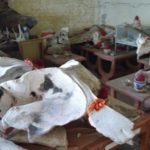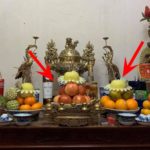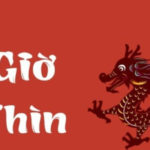The family ancestral altar is the most sacred place in every Vietnamese household. Therefore, cleaning the ancestral altar on the last day of the year is extremely important. First, it is to clean and tidy up the ancestral altar, and then it is to express gratitude. This is one of the things that homeowners must do and cannot be delayed.
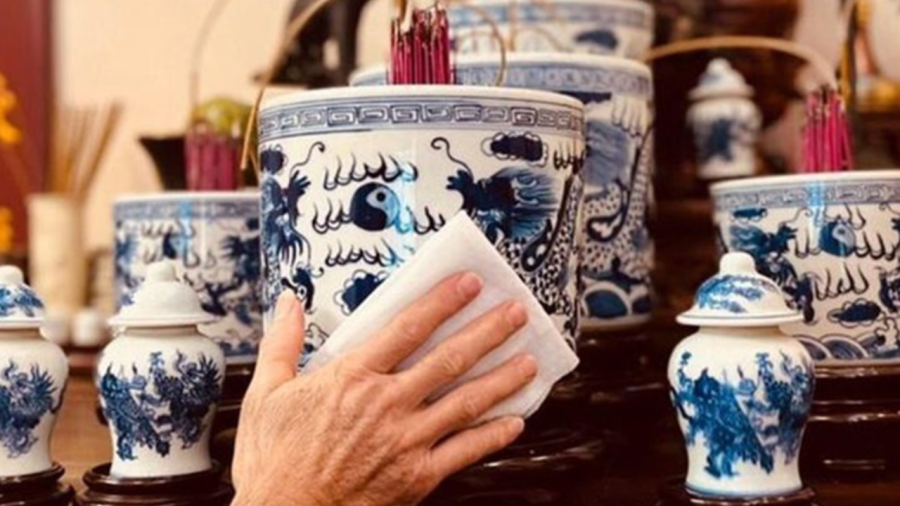
Should you clean the ancestral altar before or after worshiping Ong Cong Ong Tao?
According to folklore, Ong Cong and Ong Tao are the guardians of the family’s kitchen and land. Every year, on the 23rd of December (lunar calendar), Ong Cong and Ong Tao ride on the carp to the sky, reporting the events that have occurred in the family throughout the past year. Folk beliefs hold that the deities are absent during this time, so it is an appropriate time for homeowners to clean the ancestral altar without affecting worshiping activities.
Therefore, if the worship ceremony is completed in the morning on the 23rd of the last month of the lunar year to bid farewell to Ong Cong and Ong Tao, you can proceed to clean the ancestral altar in the morning or afternoon. The best time to do this is from 8:00 to 11:55 or 13:00 to 17:55, avoiding the period from 12:00 to 13:00. If the homeowner worships Ong Cong and Ong Tao in the afternoon on the 23rd of the last month of the lunar year, it is better to clean the ancestral altar the next day or on another auspicious day, as this task should be done during the day and not in the evening. The cleaning of the ancestral altar should be completed before the 30th of the last month of the lunar year, as on that day, Ong Cong and Ong Tao will return to the mortal world.
How to clean the ancestral altar on Tet holiday
Clean yourself
Before cleaning the ancestral altar, homeowners need to clean themselves, dress neatly, and avoid being dirty or untidy, as it does not demonstrate sincerity.
In addition, before cleaning the ancestral altar, it is necessary to clean the house, open all the doors within the house.
Prepare tools
Homeowners need to prepare clean towels and cleaning tools dedicated to the ancestral altar. Prepare diluted white wine with water and ginger for cleaning the ancestral altar. If there are Buddha statues or Buddha images in the house, do not use wine for cleaning, only use warm water.
Prepare an additional table covered with red fabric or paper to place the offerings. If the family has both ancestral and deity offerings, they must be placed separately and not together. Start cleaning after the incense has burned out.
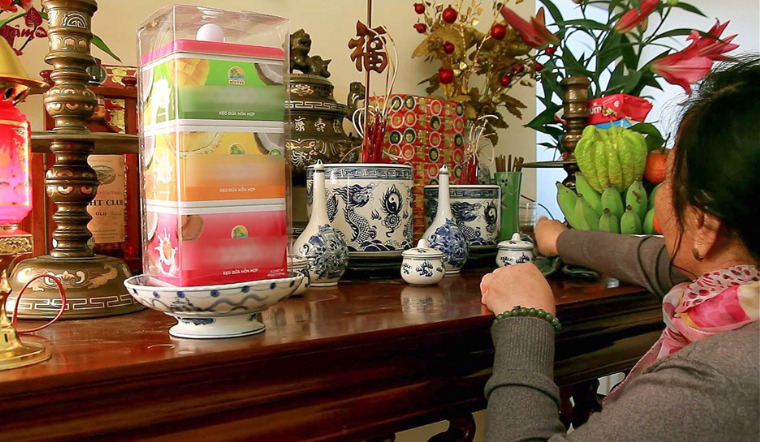
Light incense to inform the ancestors
Before cleaning the ancestral altar, the first thing to do is to prepare a plate of fruits and light incense to inform and seek permission from the ancestors for cleaning.
At the same time, homeowners prepare a table with red fabric or paper to place offerings, incense bowls, candles, and decorations on the ancestral altar. Wait until the incense has burned out before starting the cleaning process.
Order of cleaning the ancestral altar
Spiritual practitioners advise us to clean the altar from top to bottom. When cleaning, use a soft cloth to avoid damaging or scratching the statues. For statues made of brass, do not use alcohol to clean as it will oxidize and fade quickly.
When cleaning, minimize moving the offerings or incense bowls as it may break the connection and disrupt the sincere intention, bringing bad luck to the homeowner.
During cleaning, also clean the incense holder as it makes the ancestral altar look tidy. After cleaning, replace the floral water and worship water. If the flowers have withered, replace them with fresh flowers and place the statues back in their original positions.
Upon completion, light 3 incense sticks and invite the spirits to gather.
Notes when cleaning the ancestral altar
When cleaning, do not move the offerings or incense bowls. If accidentally moved or due to unforeseen circumstances, then repent and restore them to their original positions.
Use a separate broom and cloth for the ancestral altar or prepare new ones if possible.

























